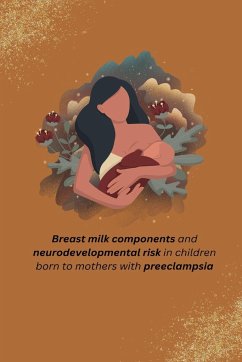Milk composition is known to change over the course of lactation (Ballard and Morrow, 2013). The concentration of several milk metabolites varies significantly in the colostrum, transitional and mature milk (Sundekilde et al. 2016). As lactation progresses, an increase in the concentration of lactose, lipids, calories and phosphate while a decrease in the protein content has been reported (Bauer and Gerss, 2011; Hsu et al. 2014). Fatty acid composition in breast milk is also reported to vary across lactation (Wu et al. 2010). In contrast, milk bioactive components like brain derived neurotrophic factor (BDNF) are reported to be similar up to 90 days of lactation (Li et al. 2011). Adiponectin, epidermal growth factor (EGF) and its receptor, transforming growth factor beta 2 (TGF-¿) levels have been shown to increase across lactation in rhesus macaques (Bernstein and Hinde, 2016). The stage of lactation is also shown to influence the cytokine pattern of milk. Interleukin 1 beta (IL-1¿), tumor necrosis factor-alpha (TNF-¿) and interleukin 6 (IL-6) were shown to be higher at the beginning of lactation in goat milk (Albenzio et al. 2016). 1.2.2 Pregnancy Complications Pregnancy complications such as gestational diabetes mellitus (GDM), pregnancy induced hypertension (PIH) and preeclampsia are known to affect lactogenesis (Chapman, 2014; Demirci et al. 2018). Studies have reported an increase in glucose levels in the breast milk of diabetic mothers (Plagemann et al. 2002; Whitmore et al. 2012). Further, higher concentration of omega 6 fatty acids has also been reported in the colostrum of women with gestational diabetes mellitus (Azulay Chertok et al. 2017). Total peroxide and oxidative stress index was shown to be higher in the milk of hypertensive pregnant women as compared to normotensive pregnant women (Erdem et al. 2012). Interleukin 8 (IL-8) and TNF.








